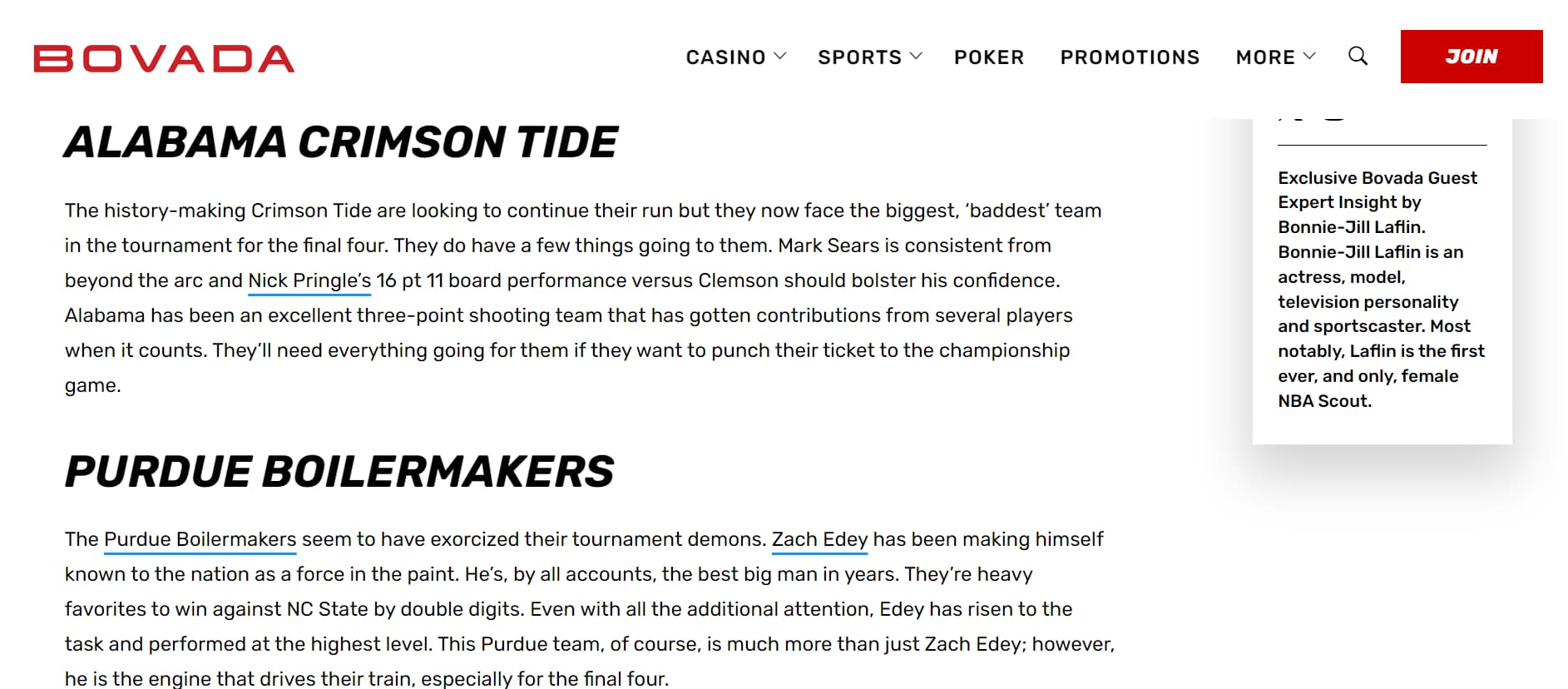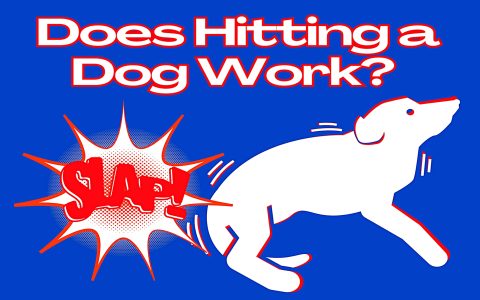Understanding Tailed Odds: Clearing the Confusion
The term "tailed" in sports betting causes significant confusion, primarily because it refers to two distinct concepts that occur in sequence. Understanding both parts is crucial to avoid costly mistakes.
Common Confusion: Tailed vs. Steam
This is the core misunderstanding:
- Steam Move: This is the initial, rapid odds shift caused by a sudden surge in betting volume (often "sharp" money) hitting one side of a bet.
- Tailed Odds: This refers to the state of the betting line after the steam move has occurred. The odds have now moved significantly from their opening point.
Mistake: Saying "I got tailed odds" meaning you chased the steam move. You actually placed a bet at the tailed odds.

Key Tips to Fix Mistakes & Bet Smarter
Apply these strategies to navigate tailed situations effectively:
- Identify the Sequence: Recognize that a steam move (action) causes the line to become tailed (resulting state). Stop using "tailed" to describe the action of chasing. You chase the move; you bet at tailed odds.
- Know What You're Betting: Before placing a bet on a line that has moved, ask: "Am I betting because of the move (chasing steam/chasing tailed odds)?" If yes, pause. Chasing moves is often reacting to noise, not value.
- Value is Paramount: Focus solely on whether the current odds (tailed or not) represent value relative to your own probability assessment. A line can be tailed and still offer value if the move was insufficient, or offer no value even if it hasn't moved much.
- Context is Critical: Understand why the line moved. Was it legitimate sharp action on significant information? Or just public money overreacting? Tailed odds driven by informed money carry more weight than those driven purely by public sentiment.
- Shop Aggressively: A line heavily tailed at one book might be much closer to the opener (or even better) at another. Vigorous line shopping is essential to potentially avoid the worst of the tailed odds.
- Track Opening Lines: Note the opening odds when you start your handicap. This gives you a baseline to understand the magnitude and direction of any move, helping you identify when a line has become significantly tailed.
Remember: The mere fact that odds are "tailed" doesn't automatically make a bet good or bad. Discipline, independent valuation, understanding the move's cause, and line shopping are your tools to avoid confusion and make rational decisions in these situations.








